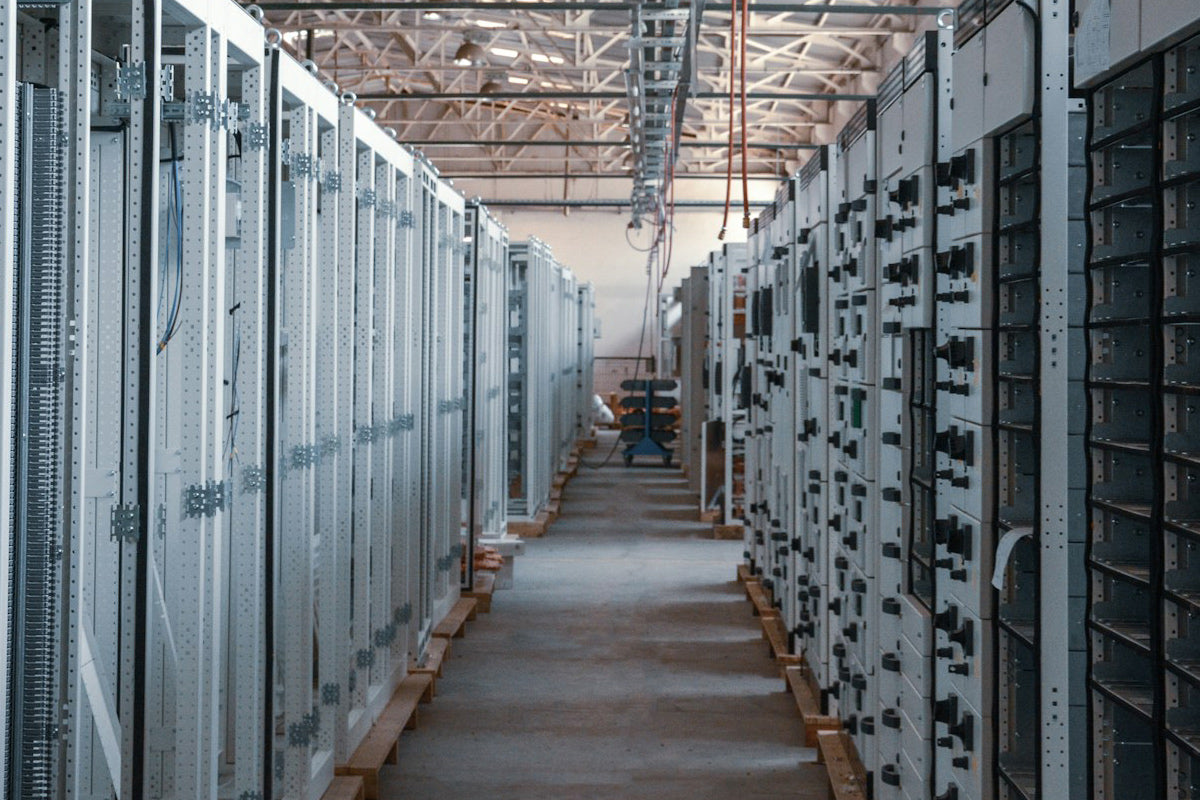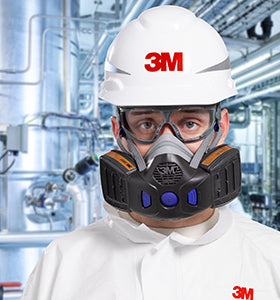A data centre is a facility that houses computer systems, servers, networking equipment, and storage systems used to process, store, and distribute large amounts of digital data. These facilities are designed for reliability, with backup power supplies, cooling systems, and security measures to ensure that data is always available and safe. Companies, governments, and cloud providers use data centres to run applications, host websites, manage databases, and power online services.
The proliferation of data centres is because modern life relies heavily on digital technology. The rise of cloud computing, streaming services, e-commerce, and social media requires massive amounts of computing power and storage. Businesses depend on them to handle big data analytics, artificial intelligence, and global communications. Additionally, data privacy regulations and performance needs encourage building data centres closer to users, reducing delays (latency) and meeting local compliance requirements.
Large companies like Amazon, Google, and Microsoft run hyperscale data centres to serve millions of users, while smaller ones serve regional or specialized needs. The explosion of Internet-connected devices, 5G networks, and remote work has only increased demand. In short, data centres are the backbone of our digital world, explaining their rapid growth and widespread presence.

Data centres are noisy because many servers run simultaneously, each equipped with high-speed fans to prevent overheating. Powerful cooling systems, including industrial air conditioning and chillers, add to the constant noise. The sound levels often reach 70–90 decibels, similar to standing near a busy road. This continuous hum comes from the combined operation of hardware, ventilation, and power equipment working nonstop to keep systems stable and efficient.
Ear protection should be used in data centres because the environment can often exceed safe noise exposure levels. Here’s why:
High Noise Levels from Equipment
- Data centres house thousands of servers, networking gear, and cooling systems.
- Constant noise from server fans, HVAC (Heating, Ventilation, Air Conditioning) units, chillers, and power systems can reach 80–95 dB(A), and sometimes even higher near cooling equipment.
- Prolonged exposure above 85 dB(A) can cause permanent hearing damage.
Occupational Safety Regulations
Health and safety standards (e.g., OSHA in the US, HSE in the UK, EU directives) require hearing protection if workers are exposed to noise levels above certain thresholds (commonly 85 dB(A) over 8 hours).
Employers must provide ear defence in such environments to comply with regulations.
Cumulative Hearing Damage
Even if short-term exposure seems tolerable, long-term cumulative exposure to high noise levels can cause Noise-Induced Hearing Loss (NIHL).Ear defenders reduce this risk.
Improved Comfort and Focus
Reducing constant loud background noise can help staff concentrate better on tasks such as troubleshooting, racking servers, or monitoring equipment.
Emergency Situations
Some data centres also use loud alarms for fire suppression systems or emergencies. Active hearing ear defenders help reduce the shock and damage from sudden noise peaks.
The 3M PELTOR WS ALERT X Headset will protect one's hearing in such an environment whilst allowing conversation and music streaming via Bluetooth.







